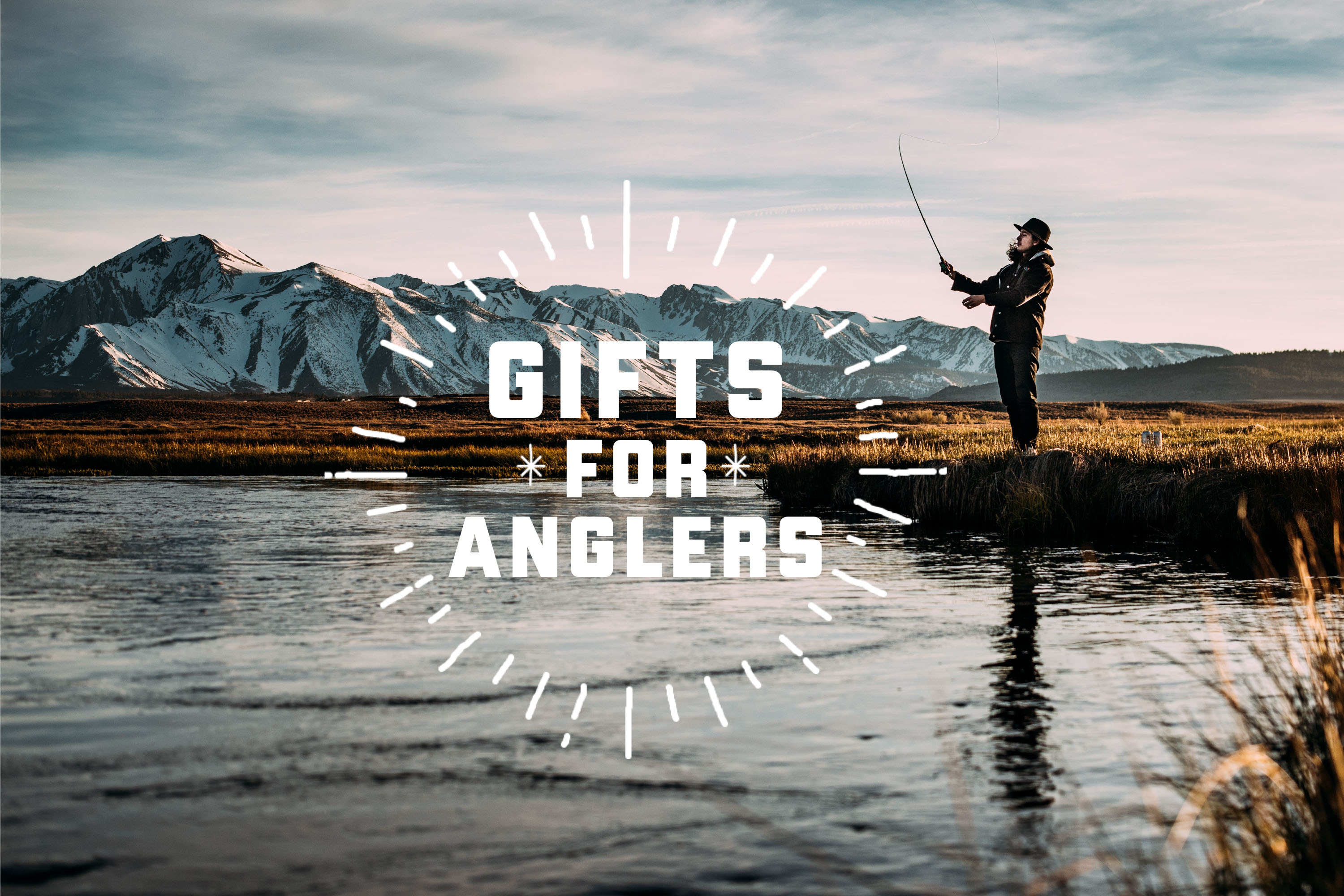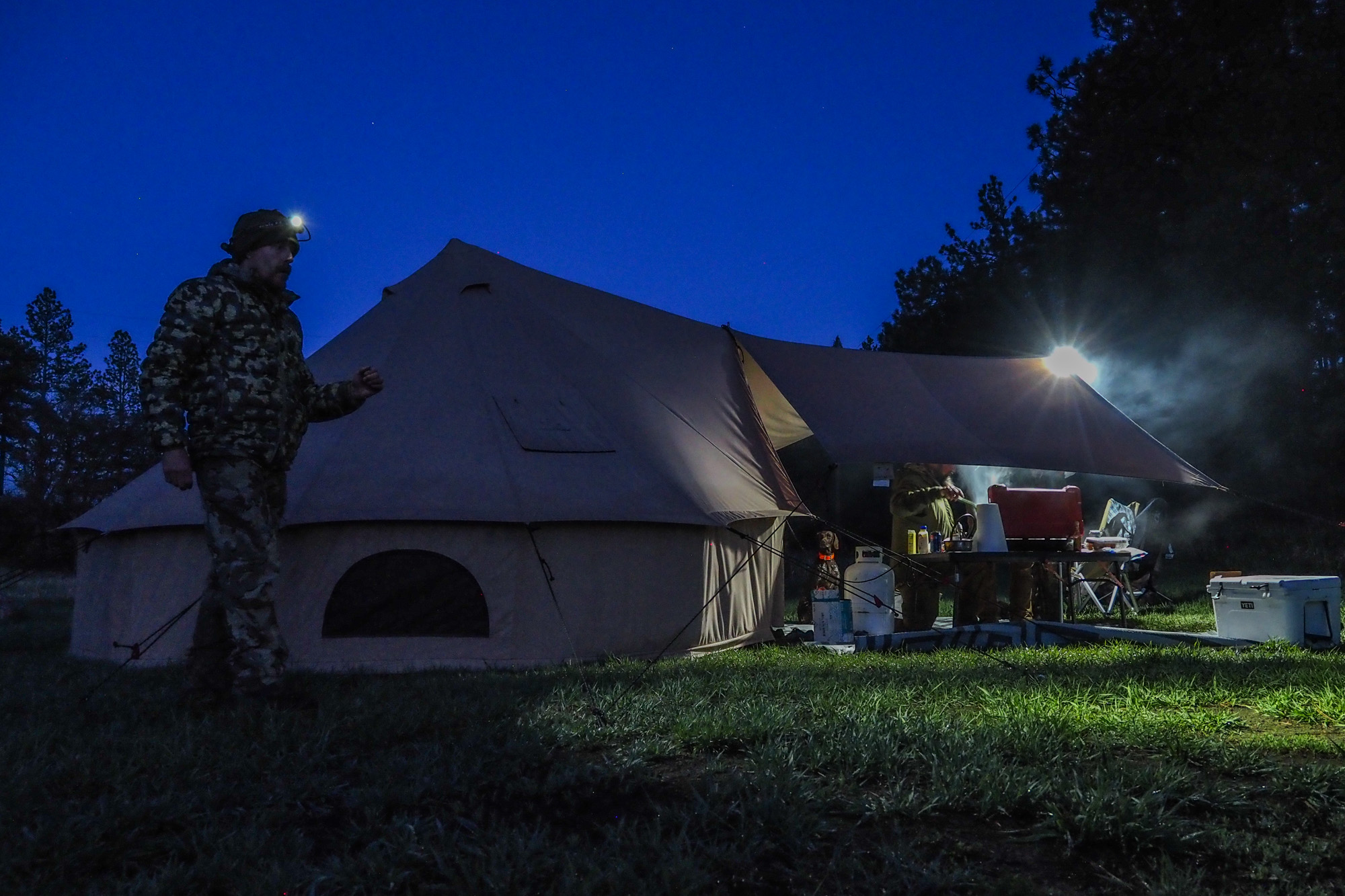Spring fly fishing entails crazy temperature fluctuations, which means changing tactics quickly and often. But don’t worry – we’ve got some tips to turn cold weather streamer fishing into line-tightening strikes.
Fish react differently when clouds and cold fronts push in. At this point in the season, nearly all feeding activity is subsurface. If you choose streamers over nymphs, this advice is for you. A change in your tactics will keep you on the river and fish in your net.
Understanding Cold Weather Trout Behavior
Trout move upstream to the first, best feeding option. This is key to remember. And their activity drops off as the mercury descends, but it doesn’t stop.
In colder temps, trout expend much less energy, even when chasing a meal. They tend to gather in slower currents or slack water, often around objects breaking the faster currents. Resting there allows them to conserve energy.
Knowing where trout are during cold weather is crucial to success. Boulders and logs create the best slack water options for trout, so these are great places to look.
Choosing the Streamer for Cold Weather
Streamers come in all sizes and colors. Some are tied to look like small baitfish, leeches, sculpins, and other organisms trout eat. When preparing to fish in cold weather, you’ll want to pick a streamer appropriate for the conditions.
Black, brown, and (sometimes) tan are darker colors that contrast well in murky water. These dark objects invoke the predatory response of a trout. A dark wooly bugger is a great choice.
Clear river water generally calls for lighter colorations. Weighted muddler minnow and sculpin variations are favored options for these conditions.
Fish the River for Success
Establishing target zones is essential. As previously mentioned, the trout won’t be moving much. So once you’ve locked onto key trout habitat like boulders or logs, it’s time for the approach.
Get off the banks and into the river. Approach the resting habitat from above, leaving plenty of space between it and you. The fish might have moved up to feeding positions.
Fish the streamers in a dead drift or strip very slowly. The cold has the fish lethargic, and they won’t chase fast action. Start swinging the streamers in close proximity and gradually lengthen your line. You don’t want to spook a trout before you have a chance to present the fly to it.
Make sure to work the feeding options and habitats thoroughly. Water generally pillows up on the front, and side and back eddies are good holding spots as well.
If you aren’t getting eats, change the tactics. Try twitching the streamer lightly along hot spots to evoke a strike. If that doesn’t work, try a streamer of a different color.
Don’t grow roots. If the fishing isn’t productive, move to a new spot. The more habitat you encounter, the better your odds of finding hungry fish.
Cold Water Streamer Fishing: Hookin’ Up
Stay sharp out there on the water. Eats happen in a flash. In a perfect world, the trout will take the streamer and you’ll be ready for a streamer set. Remember to pull back on the line, and don’t lift the rod tip to set the hook.
Trout might chomp on the streamer and let go, a short-strike. In this case, stop all movement. This emulates a stunned bait. Trout are usually still there waiting for the bait to sink to the riverbed. The trout will then easily feed on the motionless streamer.
Make quick work of the fight to avoid over-taxing the already lethargic trout, and make a quick, clean release into ice-cold water. Tight lines!








